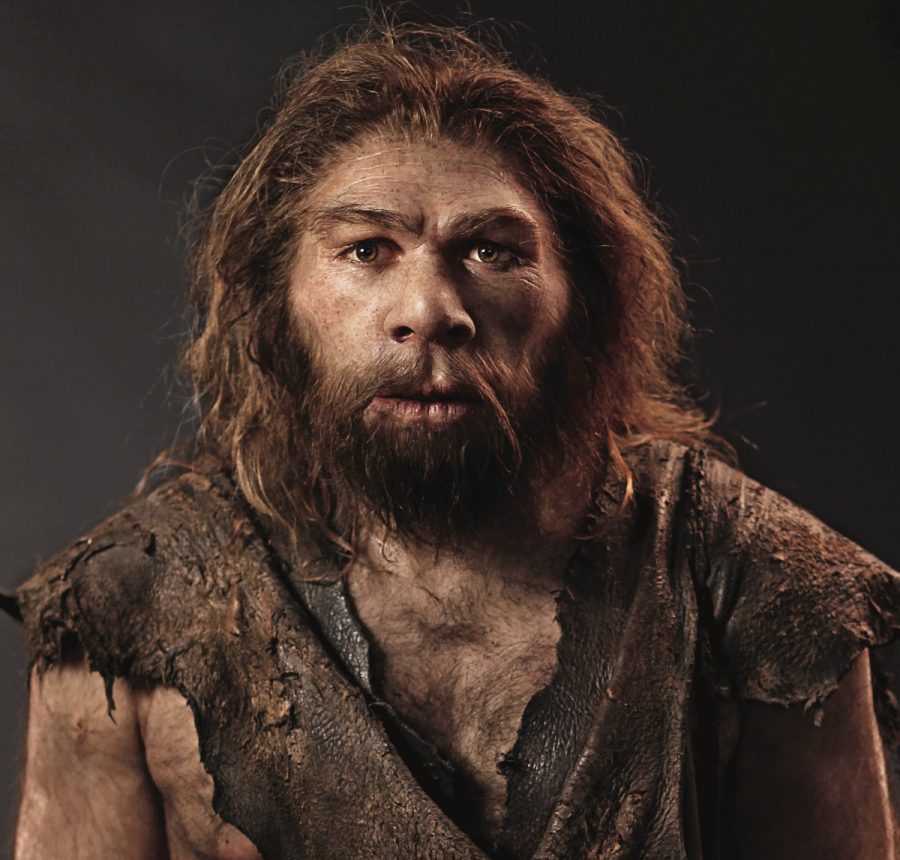A team of investigators at the University of Liverpool in the U.K. and the University of Adelaide in Australia has published a study that portrays crucial information about the lives of the neanderthal communities on Earth more than 40,000 years ago. What these ancient individuals consumed was one of the pieces of information that were unraveled by the British research group.
According to the philosophy of study co-author and professor at the University of Liverpool, Keith Dobney, there is a lot of information that can be extracted by conducting an exhaustive analysis of a species’ dental enamel. Teeth characterize for being one of the hardest parts of the human body structure, and it’s easier for them to survive through many years, as they can overcome corrosion or decay.

Teeth are not only good at surviving through time, but they can also be hosts of crucial pieces of information that can later be discovered by scientists. Dental calculus, which is the plaque that forms between teeth after a person eats, contains bits of food, bacteria and other organic matter that can show what a person consumed at some given point.
About teeth, co-author Dobney explained them as “this fantastic time capsule of biological information that traps not only direct evidence of the food that goes in your mouth, but these amazingly well-preserved ecosystems that have evolved with us.”
“Looking at bacteria and pathogens and the evolution of pathogens and the evolution of diets. We have a whole new discipline, a whole new field of study that is going to change the way we look at the past,” Dobney said while presenting the study on Thursday.
Study specifications: can teeth show that many information?
The study, which was made in a collaboration work between both Adelaide and Liverpool universities, was based on the analysis of dental calculus of four neanderthal individuals that lived on Earth between 42,000 and 50,000 years ago. Two of these specimens lived in an area near actual Belgium while the other two lived in southern Spain.
According to the lead author of the study, paleo microbiologist Laura Weyrich, the microbiomes detected are the first ones ever to be analyzed in a Neanderthal specimen, as well as they are the oldest ones ever registered. Microbiomes are the quantification of microbes that are within a specific body.

The investigation team encountered with several surprises while analyzing the microbiomes in the four neanderthal specimens. They realized that the diets present in individuals found in Belgium were considerably different than the ones present in the Spanish specimens.
Scientists were able to recover the entire genome structure of a bacterium that was lying within an ancient plaque. This bacterium is known to be currently present in human mouths, and scientists say this could be key to understanding and defining if Neanderthals and humans shared the same microbes.
Ancient medications
The research team expressed that one of the most intriguing findings came up after analyzing one of the Spanish specimens. This specific individual was suffering from both an advanced tooth abscess, and at the same time, a severe intestinal parasite.
The surprising finding consisted of the presence of DNA in the dental plaque that corresponds to a tree that is known for producing a sort of painkiller called salicylic acid, a component mainly used in aspirins. They also found the presence of bits of the fungus Penicillium, which is responsible for the penicillin antibiotic.

“Could the Neanderthal have been self-medicating? We don’t know. If we found it in more than a few individuals and found it in individuals with diseases and painful conditions … then I think yes, we’d have potentially good evidence for quite sophisticated medical knowledge,” Dobney, co-author of the study, said.
Dobney acknowledged the fact that the only way of actually determining if Neanderthals consumed these medication substances on purpose is to create a time machine and ask them about their medical regimes and practices. Since that is not possible, Dobney said scientists should look for similar components in other hominid individuals.
If further investigations show that Neanderthals did consume medicine on purpose, Dobney says that he would not be surprised. He has been critical regarding the popular imagination concept of Neanderthals being “knuckle-dragging cave men,” as he considers that evidence has shown the opposite.
Recent investigations have revealed how these ancient communities did some things that humans consider as “modern” like wearing jewelry, creating art and architecture and manufacturing advanced tools. According to Dobney, these findings only show how these communities developed certain abilities concerning social coordination, along with enhancing intellectual capacities that are commonly related to humans exclusively.
Both authors of the study, Dobney and Weyrich, think that this study can presage a wider effort to understand Neanderthals and their living conditions. However, they acknowledged that there is not enough evidence yet to define and draw conclusions on the matter.
Source: The Washington Post
